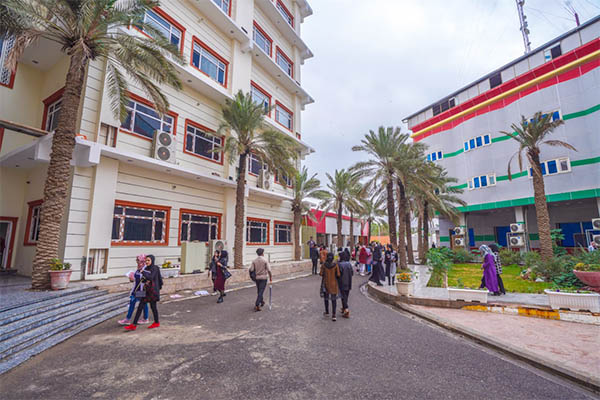The application of fibre reinforced concrete marks a significant advancement in construction technology. By incorporating fibres into traditional concrete mixes, engineers and designers gain increased design flexibility that addresses the demanding requirements of modern structures. This innovation allows for a more versatile approach, enabling the creation of elements that can endure various stresses and environmental challenges.
As projects grow in complexity, the need for materials that combine strength with durability becomes paramount. Fibre reinforcement not only enhances the mechanical properties of concrete but also contributes to improved resistance against cracking and deformation. This resilience makes fibre reinforced concrete an attractive choice for both residential and commercial applications, ensuring longevity and structural integrity.
Choosing the Right Fibres for Specific Concrete Applications
Selecting the appropriate fibres for fibre reinforced concrete is critical for achieving desired performance, particularly in construction and commercial projects. Different fibre types offer unique benefits, impacting both strength and durability.
Steel fibres are often preferred in applications requiring high tensile strength and enhanced structural integrity. They can significantly improve load-bearing capacity and crack resistance, making them suitable for industrial flooring and pavements.
Polypropylene fibres, on the other hand, excel in controlling plastic shrinkage cracks. Their lightweight nature lends itself well to residential applications, where design flexibility is a key consideration.
For projects oriented towards sustainability, natural fibres, such as sisal or jute, can be incorporated into the concrete mix. These fibres not only contribute to performance but also align with eco-friendly construction practices.
Choosing the right fibre type directly influences the mechanical properties and longevity of the concrete structure. Assessing the specific requirements of each project will guide decisions, ensuring optimal outcomes.
Consulting resources, like https://theconcretenetwork.co.uk/, can provide additional insights into various fibre options and their applications.
Impact of Fibre Types on Concrete Performance Metrics
The selection of fibre types plays a pivotal role in determining the performance metrics of fibre reinforced concrete. Different fibres impart unique characteristics to the concrete mix, influencing its mechanical properties, durability, and overall structural integrity. For instance, steel fibres enhance tensile strength and impact resistance, making them suitable for high-stress applications in construction.
Conversely, synthetic fibres offer advantages such as reduced shrinkage cracking and greater resilience against environmental factors, contributing to long-lasting concrete structures. Natural fibres, while less common, can improve sustainability and reduce environmental impact, appealing to eco-conscious construction practices.
The incorporation of fibres in concrete can also impact workability and mixing processes. Fibres such as polypropylene can help maintain a workable consistency, which is particularly beneficial in residential use, where finished surfaces are critical. Understanding the specific benefits of each fibre type aids in selecting the appropriate reinforcement for diverse applications.
In summary, the interplay of fibre materials affects not only the mechanical strength of concrete but also its longevity and suitability for different construction projects. As architects and engineers aim for enhanced performance metrics, recognizing the contributions of various fibres is essential for achieving the desired outcomes in both structural integrity and durability.
Best Practices for Mixing and Placing Fibre Reinforced Concrete
Mixing and placing fibre reinforced concrete requires careful attention to detail to achieve optimal performance in both commercial projects and residential use. Following best practices not only enhances the durability and strength of the material but also ensures design flexibility for various applications.
Start by selecting a suitable mixing method. For smaller projects, manual mixing may suffice, but for larger volumes, a mechanical mixer is recommended. Ensure that all components–aggregates, cement, water, and fibres–are added in the correct proportions. It’s crucial to determine the best mixing order, typically adding the fibres to the dry mix before adding water, to achieve uniform distribution within the concrete.
Pay attention to the water-to-cement ratio, as excess water can reduce the efficacy of the fibres. Additionally, incorporating a high-quality superplasticizer can enhance workability without compromising strength. This is particularly beneficial in projects requiring intricate forms or designs.
While placing the concrete, use appropriate techniques to avoid segregation of the fibres. Pouring from a height should be minimized, and vibrating the concrete gently can help distribute the fibres evenly without causing clustering. For vertical placements, consider using form release agents to ensure smooth removal and maintain surface quality.
Temperature control during placement is vital, especially in extreme conditions. Avoid placement in high heat to prevent rapid curing, which may compromise the long-lasting characteristics of the fibre reinforced concrete. If necessary, take measures such as shading or using chilled water to maintain an optimal curing environment.
After placement, proper curing should follow. Maintaining adequate moisture levels for at least seven days will enhance the performance of the fibres, facilitating better bonding between materials. This attention to curing practices contributes to the overall longevity and durability of the structure.
